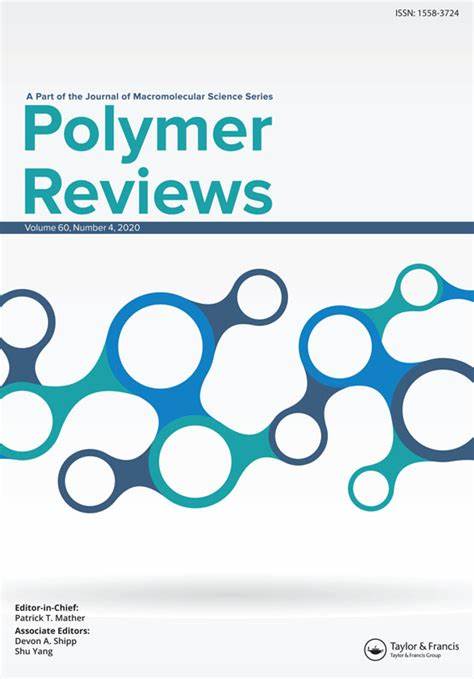Textile Fiber Production of Biopolymers – A Review of Spinning Techniques for Polyhydroxyalkanoates in Biomedical Applications
IF 11.1
2区 化学
Q1 POLYMER SCIENCE
引用次数: 6
Abstract
Abstract The superior biocompatibility and biodegradability of polyhydroxyalkanoates (PHAs) compared to man-made biopolymers such as polylactic acid promise huge potential in biomedical applications, especially tissue engineering (TE). Textile fiber-based TE scaffolds offer unique opportunities to imitate the anisotropic, hierarchical, or strain-stiffening properties of native tissues. A combination of PHAs’ enhanced biocompatibility and fiber-based TE scaffolds could improve the performance of TE scaffolds. However, the PHAs’ complex crystallization behavior and the resulting intricate spinning procedures remain a challenge. This review focuses on discussing the developments in PHA melt and wet spinning, their challenges, process parameters, and fiber characteristics while revealing the lack of an in-depth fiber characterization of wet-spun fibers compared to melt-spun filaments, leading to squandered potential in scaffold development. Additionally, the biomedical application of PHAs other than poly-4-hydroxybutyrate is hampered by a failure of polymer purity to meet the requirements for biomedical applications.生物聚合物的纺织纤维生产——聚羟基烷酸酯纺丝技术在生物医学上的应用综述
与聚乳酸等人造生物聚合物相比,聚羟基烷酸酯(PHAs)具有优越的生物相容性和生物降解性,在生物医学,特别是组织工程(TE)领域具有巨大的应用潜力。纺织纤维基TE支架提供了独特的机会来模仿天然组织的各向异性、分层或应变硬化特性。pha增强的生物相容性与纤维基TE支架相结合可以提高TE支架的性能。然而,pha复杂的结晶行为和由此产生的复杂的纺丝过程仍然是一个挑战。本文重点讨论了PHA熔融纺丝和湿法纺丝的发展、面临的挑战、工艺参数和纤维特性,同时揭示了与熔融纺丝相比,湿法纺丝缺乏深入的纤维特性,导致了支架开发潜力的浪费。此外,聚4-羟基丁酸酯以外的pha在生物医学上的应用受到聚合物纯度无法满足生物医学应用要求的阻碍。
本文章由计算机程序翻译,如有差异,请以英文原文为准。
求助全文
约1分钟内获得全文
求助全文
来源期刊

Polymer Reviews
工程技术-高分子科学
CiteScore
24.80
自引率
0.80%
发文量
21
审稿时长
6 months
期刊介绍:
Polymer Reviews is a reputable publication that focuses on timely issues within the field of macromolecular science and engineering. The journal features high-quality reviews that have been specifically curated by experts in the field. Topics of particular importance include biomedical applications, organic electronics and photonics, nanostructures, micro- and nano-fabrication, biological molecules (such as DNA, proteins, and carbohydrates), polymers for renewable energy and environmental applications, and interdisciplinary intersections involving polymers.
The articles in Polymer Reviews fall into two main categories. Some articles offer comprehensive and expansive overviews of a particular subject, while others zero in on the author's own research and situate it within the broader scientific landscape. In both types of articles, the aim is to provide readers with valuable insights and advancements in the field of macromolecular science and engineering.
 求助内容:
求助内容: 应助结果提醒方式:
应助结果提醒方式:


